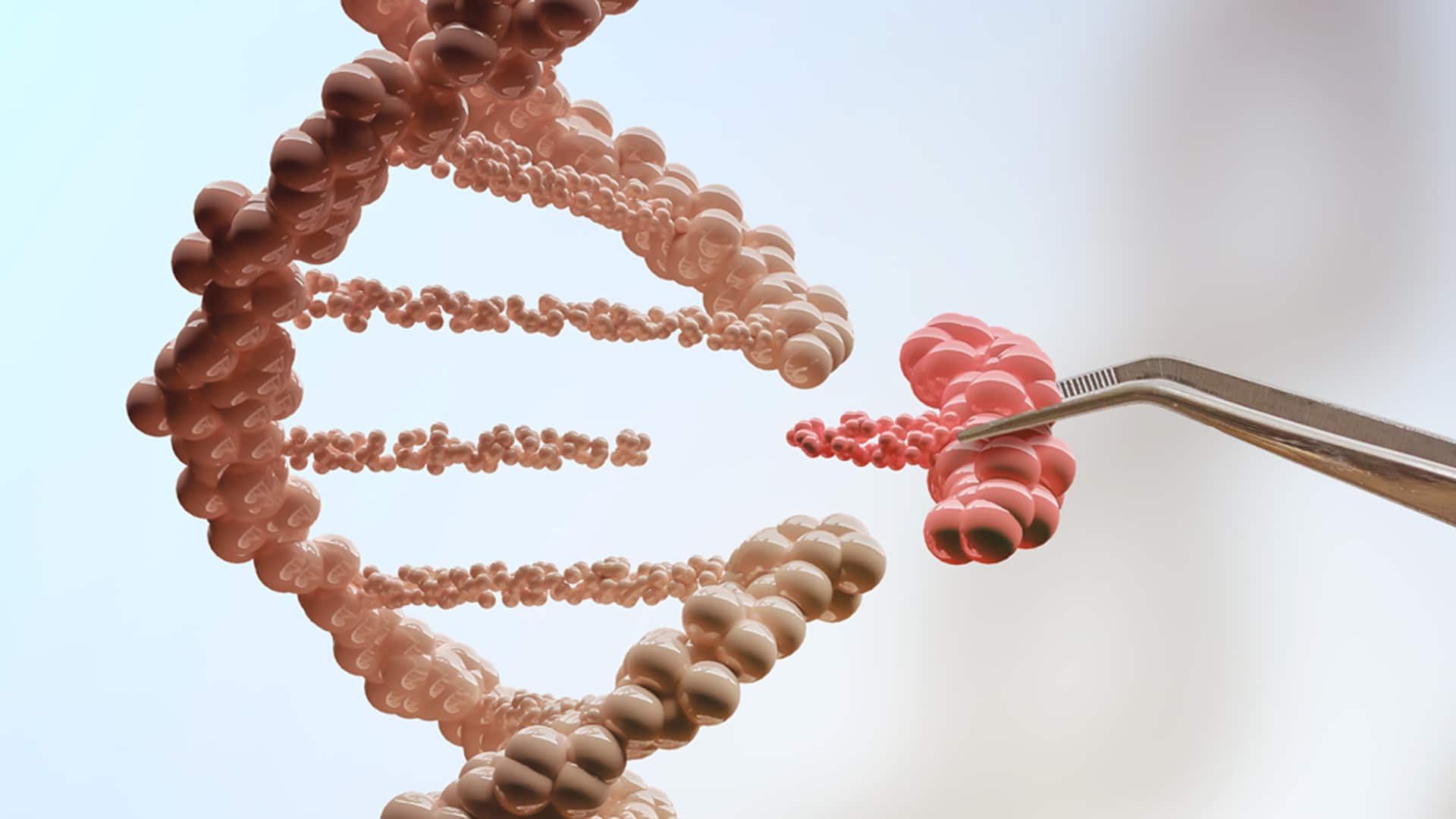Nobel Prize winning technology used at the SciLifeLab HTGE unit
The Nobel Prize in Chemistry has been awarded to Emmanuelle Charpentier (Max Planck Unit for the Science of Pathogens, Berlin, Germany) and Jennifer A. Doudna (University of California, Berkeley, CA, USA) for the development of the CRISPR/Cas9 “gene scissor”, a molecular tool that allows researchers to change the genetic code of any animal, plant and microorganism with extremely high precision.
Only eight years after its discovery, CRISPR/Cas9 is already contributing to cancer therapy, and treatment of inherited diseases such as blood disorders, blindness or muscle weakness is just around the corner.
At SciLifeLab, the High Throughput Genome Engineering unit (HTGE) uses CRISPR/Cas9 in several different ways, for instance, to create model systems for research, such as cell lines that have a certain gene inactivated or tagged with a fluorescent reporter. The methodology is also used in a high-throughput manner where all human genes (approximately 20,000) are inactivated/activated one by one. This allows the researchers to identify which genes are important for specific phenotypes and cellular processes, revealing which gene products should be targeted by drugs.
“The extent to which this tool is revolutionizing and accelerating discovery in molecular biology cannot be overstated and new methods based on CRISPR/Cas9 are continuously emerging. HTGE implements the most promising ones as fast as possible, for the benefit of the entire Swedish research community”, says Bernhard Schmierer (Karolinska Institutet), director of the HTGE unit.
The Genome Engineering Zebrafish unit (GEZ) is another SciLifeLab unit that also frequently uses CRISPR/Cas9 in their research.
Read about when Jennifer Doudna visited SciLifeLab last year here!





